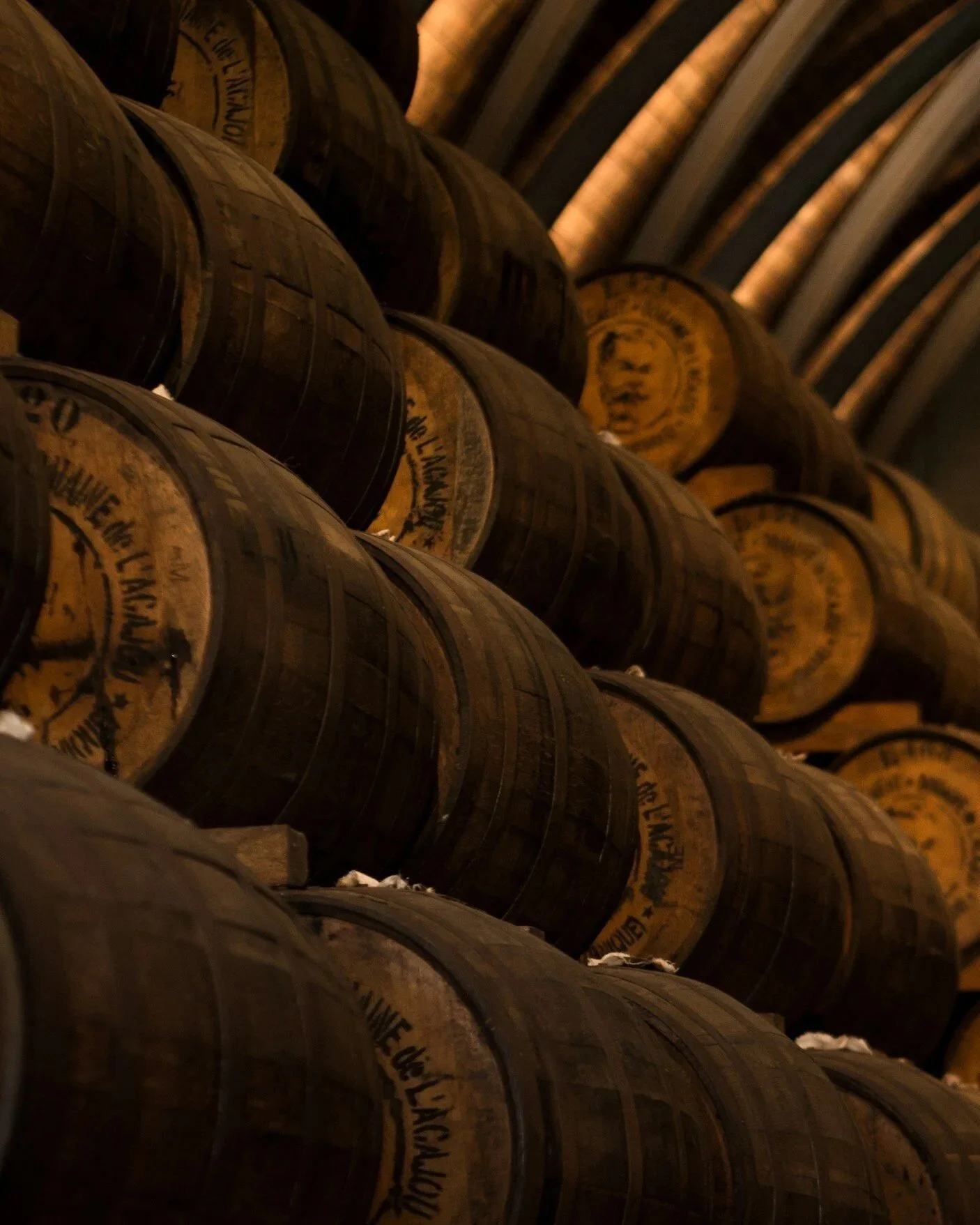Chill filtration - what is it and should you care?
If you've spent any time reading whisky labels or reviews, you've probably seen the term "non-chill filtered" pop up repeatedly. Some distilleries trumpet it proudly on their bottles, while others quietly chill-filter their entire range without much fanfare. But what actually is chill filtration, and does it really matter? Let's dig into it.
What is chill filtration?
Chill filtration is exactly what it sounds like. After maturation, whisky is cooled to near-freezing temperatures (around 0°C or below) and then passed through fine filters before bottling. The purpose? To remove fatty acids and long-chain esters that would otherwise cause the whisky to turn cloudy or develop sediment when it gets cold — say, when you add ice or store the bottle in a cool place.
Here's the key bit that often gets overlooked: whisky bottled at 46% ABV or higher doesn't need chill filtration. At that strength, these compounds remain dissolved in the liquid even at low temperatures, so there's no risk of cloudiness. That's why many cask-strength or higher-ABV whiskies proudly state they're non-chill filtered — it's not just marketing, it's simply unnecessary at that strength.
It's also worth noting that all whisky gets filtered to some degree before bottling, if only to remove any bits of charred wood or other solids picked up during maturation. Chill filtration is specifically about removing those fatty compounds that cause haze.
Does it affect the taste?
This is where things get interesting — and contentious. The fatty acids and esters that chill filtration removes do contribute to the whisky's flavour and, particularly, its mouthfeel. Remove them, and you're potentially stripping away some of that oily richness that coats your palate. Some argue this sacrifices complexity and depth.
The problem is, there's surprisingly little rigorous, blind-tested evidence comparing chill-filtered and non-chill filtered versions of the same whisky. Distilleries occasionally claim to have done these tests, but they're usually followed by an explanation of why they've chosen their particular approach — which makes you wonder about confirmation bias.
From my own experience tasting dozens of whiskies for this site, I've noticed that non-chill filtered expressions often feel fuller and richer in the mouth. Take the Benriach 12 — naturally coloured and non-chill filtered at 46% — it has this lovely oily texture that really coats the palate. Compare that to something like Aberlour 16, which is chill-filtered and bottled at 40%, and you can feel the difference. The Aberlour, for all its other qualities, does feel a bit lighter and thinner on the palate.
The aesthetics argument
So why do distilleries chill filter at all? Visual appeal, plain and simple. A cloudy whisky can look off-putting to consumers who don't understand that it's perfectly natural. If you're trying to sell whisky to someone new to the category, a crystal-clear dram in the glass looks more appealing than one that goes cloudy when you add ice.
I get it from a business perspective, but it does raise the question: should aesthetics take precedence over flavour? Personally, I'd rather have a whisky that might develop a harmless haze than one that's been stripped of texture and character. But then again, I know what that haze is and why it happens. Not everyone does.
The changing landscape
The good news is that more and more distilleries are moving away from chill filtration, especially in their premium expressions. The craft whisky movement and the increasing sophistication of whisky drinkers has created a market that values authenticity over pristine appearance.
Even big names are getting in on the act. It's become a selling point, and rightly so. When I see "non-chill filtered" on a label, it tells me the distillery is prioritising flavour over cosmetics. That's a choice I can respect.
So should you care?
Yes, but don't become obsessive about it. Here's my take after reviewing dozens of whiskies:
You should care because:
Non-chill filtered whiskies generally have better mouthfeel and texture
It's often (though not always) a sign that the distillery prioritises quality over appearance
At 46% ABV and above, there's simply no good reason to chill filter
Don't obsess because:
Chill filtration isn't automatically a deal-breaker — some excellent whiskies are chill filtered
Other factors (cask quality, age, ABV, colouring) matter just as much or more
A great whisky is still great, even if it's been chill filtered
The bottom line? If you're choosing between two similar whiskies and one is non-chill filtered, that might tip the balance. But don't write off an otherwise excellent dram just because it's been chill filtered. Taste it, enjoy it, and decide for yourself whether you can tell the difference.
For me, though, given the choice, I'll take non-chill filtered every time. Why would I want less flavour in my glass?
Want to learn more?
The Glenlivet is refreshingly transparent about why they chill filter their whiskies — read their explanation here. On the flip side, Bruichladdich explains their non-chill filtered approach in their FAQs.





